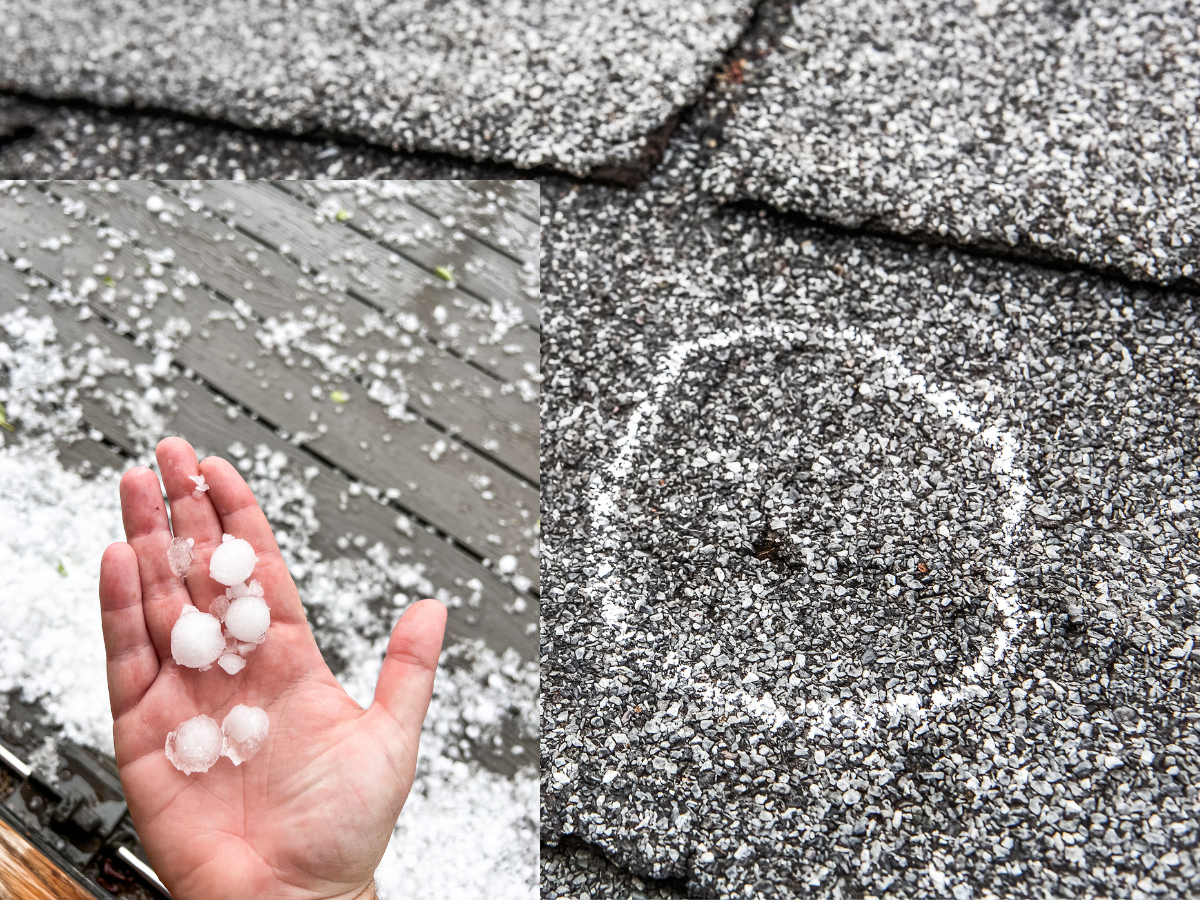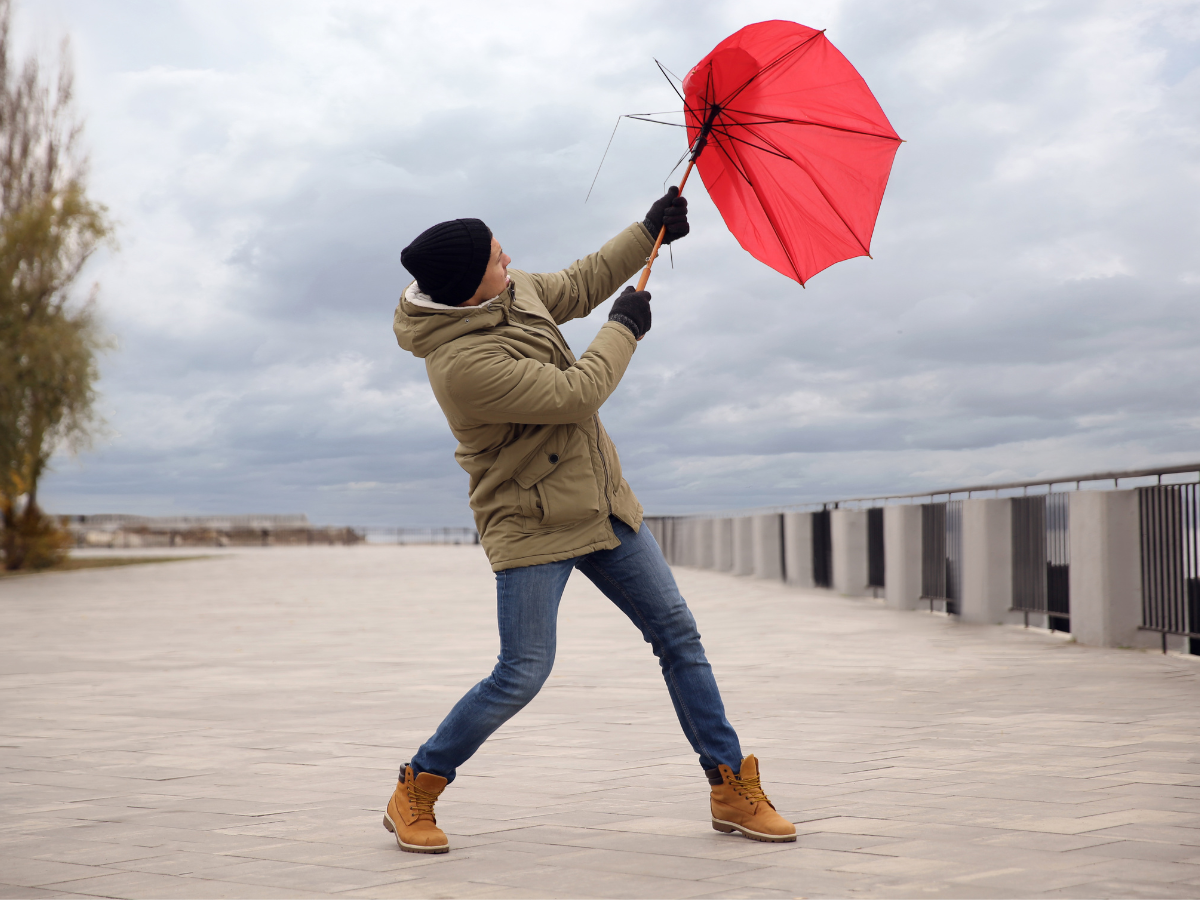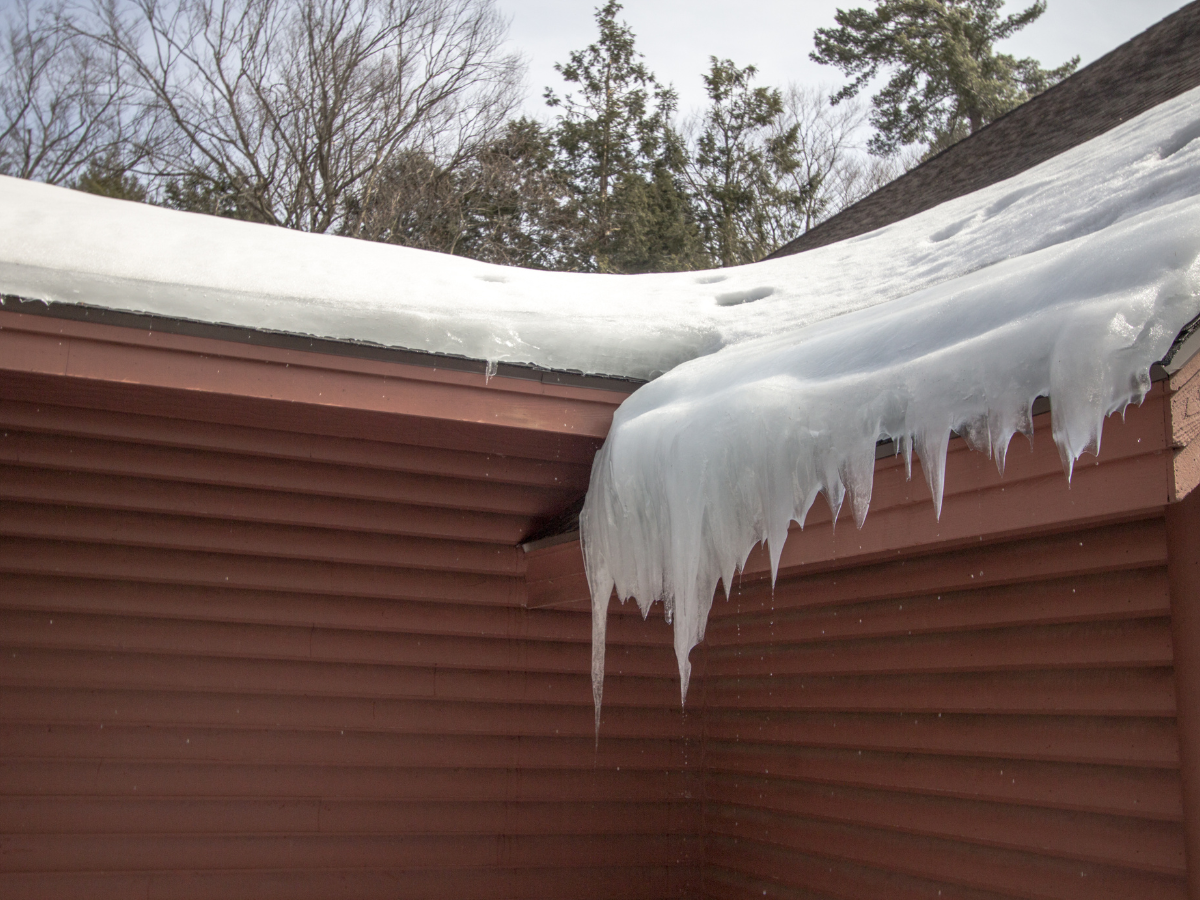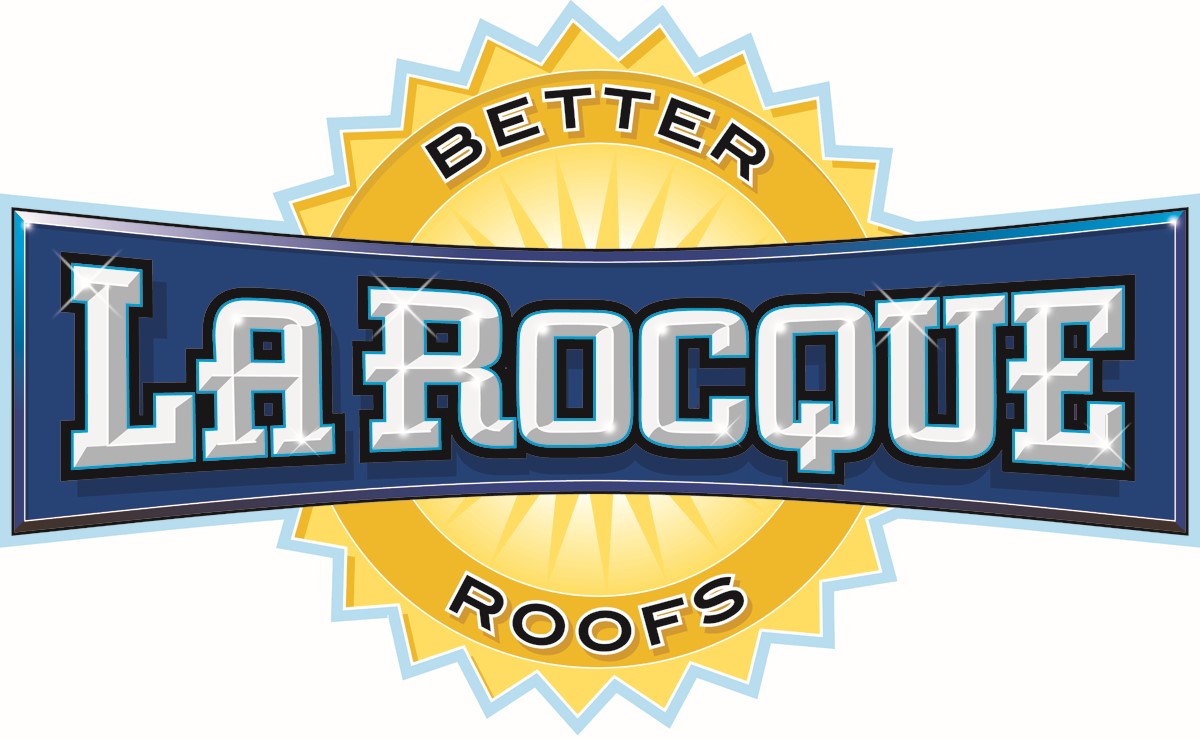Right after a heavy rainstorm it can take anywhere form a day or two for your roof to drive. But is it safe for you to get onto your roof when a better option would be to hire a professional?
Recognizing Different Kinds of Weather Damage
Hailstorm damage can cause various damage to your home and property such as dents and broken windows depending on the size of the hail stones. If you have a shingle roof, hail can create cracks and punctures and leave dark marks on shingles. The granules that shingle tiles are coated with can also come off causing your roof to be exposed of its protective layer. Granules can also accumulate in your gutter system causing a back log of debris that will need to be cleaned out. Hail can also cause damage to your roof vents and fascia due to its exposure to the elements. Hail pellets within seconds will turn into water creating potential leaks for your roofing structure.
Prevention: Complete damage from hail can’t be prevented, but damage can be mitigated with higher quality roofing materials that are thicker like shingles. Look here for more information on Owen's Corning blog.

Rain is the most common cause of roof damage. Because hail, snow and ice all turn to water, it’s easy to see what excessive water can do to a roof when it has no drainage. Rain can create leaks in your living space giving you more than a minor headache. If you notice patches or stains in your ceiling, reach out to a professional roofer. Water seeped under loosened shingles, absorbed into wood structures, getting between roof flashing; none of this is good for your home or your bank account.
Prevention: Seal up leaks and yes, we’ve said it a million times and we’ll keep saying it, get a professional roof inspection to give you peace of mind before the next storm hits.
Call (833) LBR-4YOU. La Rocque Better Roofs can help you with your roof maintenance.

Coupled with strong Winds, think similar repercussions as rain damage. Strong winds can cause structural damage like shingle loss or damaged flashing and make a mess of your property with organic debris.
Prevention: Check soffits and fascia that protect the overhang to your house as high winds can damage and even tear off this area. Keep tree branches and other shrubberies trimmed to decrease debris flying about the place.

Snow & Ice create ice dams when ice hardens on the edge of a roof, after snow falls. The snow accumulates and melts behind this wall of ice creating an ice dam turning it to slush and water. Sitting water is never good and will seep into your roofing materials and into your home. An accumulation of winter seasons adds extra weight and stress onto your roof, deck and home creating cracks, leaks and even roof sag. Rising heating bills can be an indication of a leak due to ice dams due to heat loss from water-soaked insulation.
Prevention: Increase your roof ventilation to prevent ice dams, because as the heat in your home rises there is more surface area for heat to escape.

Hailstorms, rain, winds, snow and ice can all damage your roof structure and property. Hailstorms can leave your roofing shingles weakened with dark marks and holes. Rain, the most common culprit of roof damage, can cause leaks in your roof and inside your home. Snow and ice can create ice dams creating a pool of water to sit on your roof while strong winds can tear off shingles and damage soffits and fascia of your roof. These are a few ways that your roof can be damaged by bad weather with some prevention suggestions.
La Rocque Better roofs can help secure your roof and give you peace of mind. Call at (833) LBR-4YOU.

